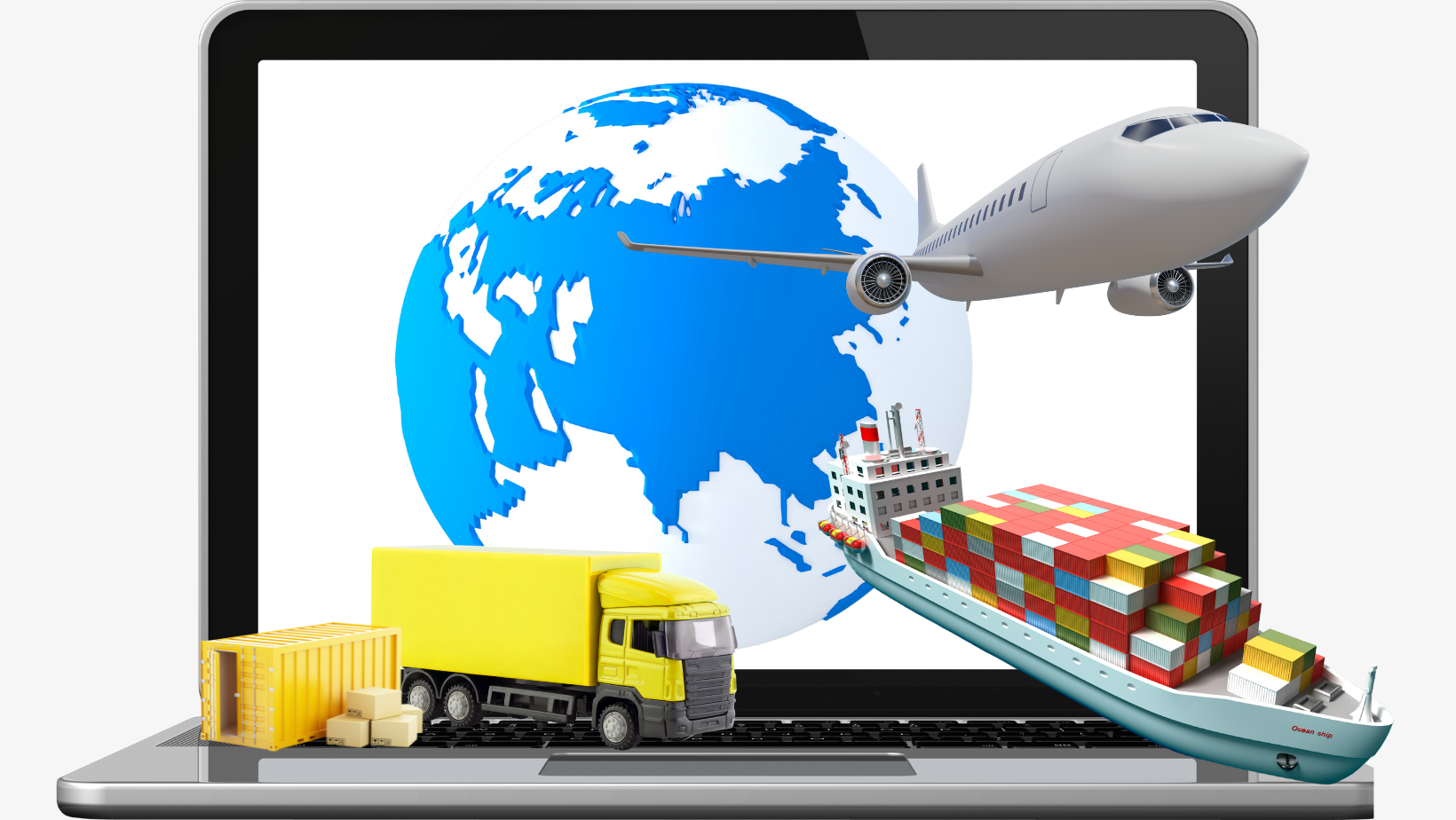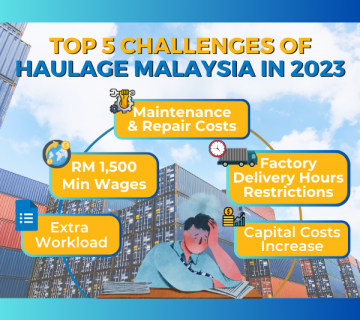Ready to Get Started?
Ship your cargo in transparent and cost effective way.
Get Started
With its extensive experience in dealing with freight in Malaysia ports, Grab Haulier has compiled ten essential freight tips to help you ship smoother.
The survey conducted by the Malaysian National Shippers’ Council (MNSC) from Oct 7-10 showed that sea freight is now at an all-time high, having increased between 100% and 700% of pre-pandemic levels. Besides, the global supply chain crunch has also forced shippers to absorb higher logistics costs ranging from warehousing, forwarding, haulage and landside charges. Thus, you need to increase your shipping budget to ensure timely delivery.
Parcel and freight carriers might charge fees ranging from a few bucks to hundreds of dollars for accessories. Some fees such as fuel surcharges, are unavoidable. If you decide to import a specific product, you need to budget extra to stay profitable.
To ensure timely delivery, you have to explore different shipping modes and diversify shipping lanes. You do not want to end up having incidents like Suez Canal obstruction in March 2021 where all your goods are stuck in one place. Our advice is always to get your goods as close to the end-users as possible as it helps save ground transport and warehouse fees. We also advise customers to ship urgent cargo by air; medical products might be the key priority now and send the remaining products by sea.
First, you need to understand how much your budget is and how many buffers you have added, then you need to shortlist all parcel and freight carriers with their offerings. Also, keep an eye on any temporary relief granted during this challenging time by the government. Currently, the Market Development Fund (MDF) under the Malaysia External Trade Development Corp provides temporary relief that covers export shipment with a cap of 30% of total logistics costs for export, subject to a maximum amount of RM40,000 per shipment. The relief is only offered until the end of 2021, and there is a request for an extension of time.
So far, there seems to be no end in sight for the global supply chain disruption. Thus, it is worth securing your supply early and keeping more inventory even if you need to allocate more working capital. The additional inventories can help cushion any unforeseen surprises.
We always advise our customers to maximise the space and fully utilise the weight of the containers. Some of the tips we share are choosing the containers strategically, getting creative with the packaging, and making your cargo compact.
Do note that 20ft and 40ft containers both carry almost the same weight, thus, we always advise the customer to use a 20ft container instead of a 40ft container.
9. Evaluate different options
We always propose to use different liners. While managing the price, try to check the port of loading surcharges, port of discharge surcharges, and apply maximum free time for both sides. Check the container before loading and take photos if the damage is found and make a report to the booking party or shipping line. These actions will prevent any dispute in future.
Besides, you can have more carrier choices. Do note that port of discharge (POD) surcharge and POD free time are also your key evaluation criteria.
Always use different shipping lines for your container delivery. There is a saying that goes, don’t put all eggs in 1 basket. Even though you might have other transit times, it is always better to use direct vessels to avoid the containers stuck at the transhipment hub.





